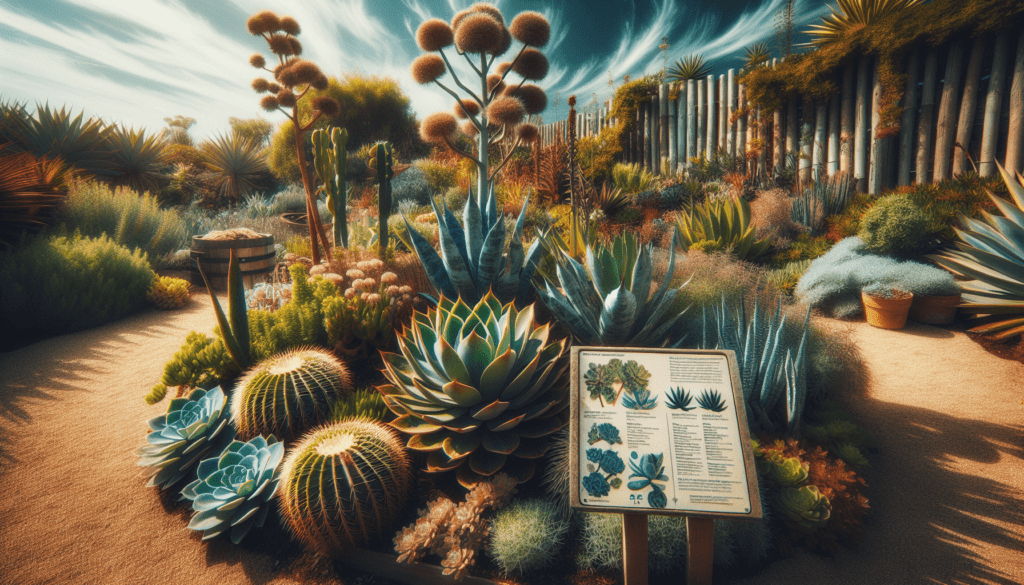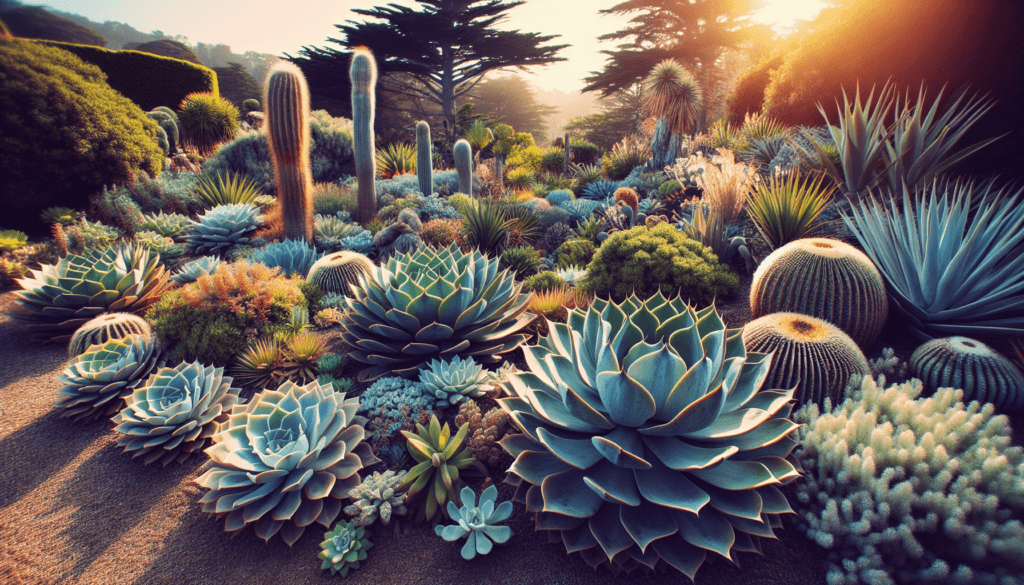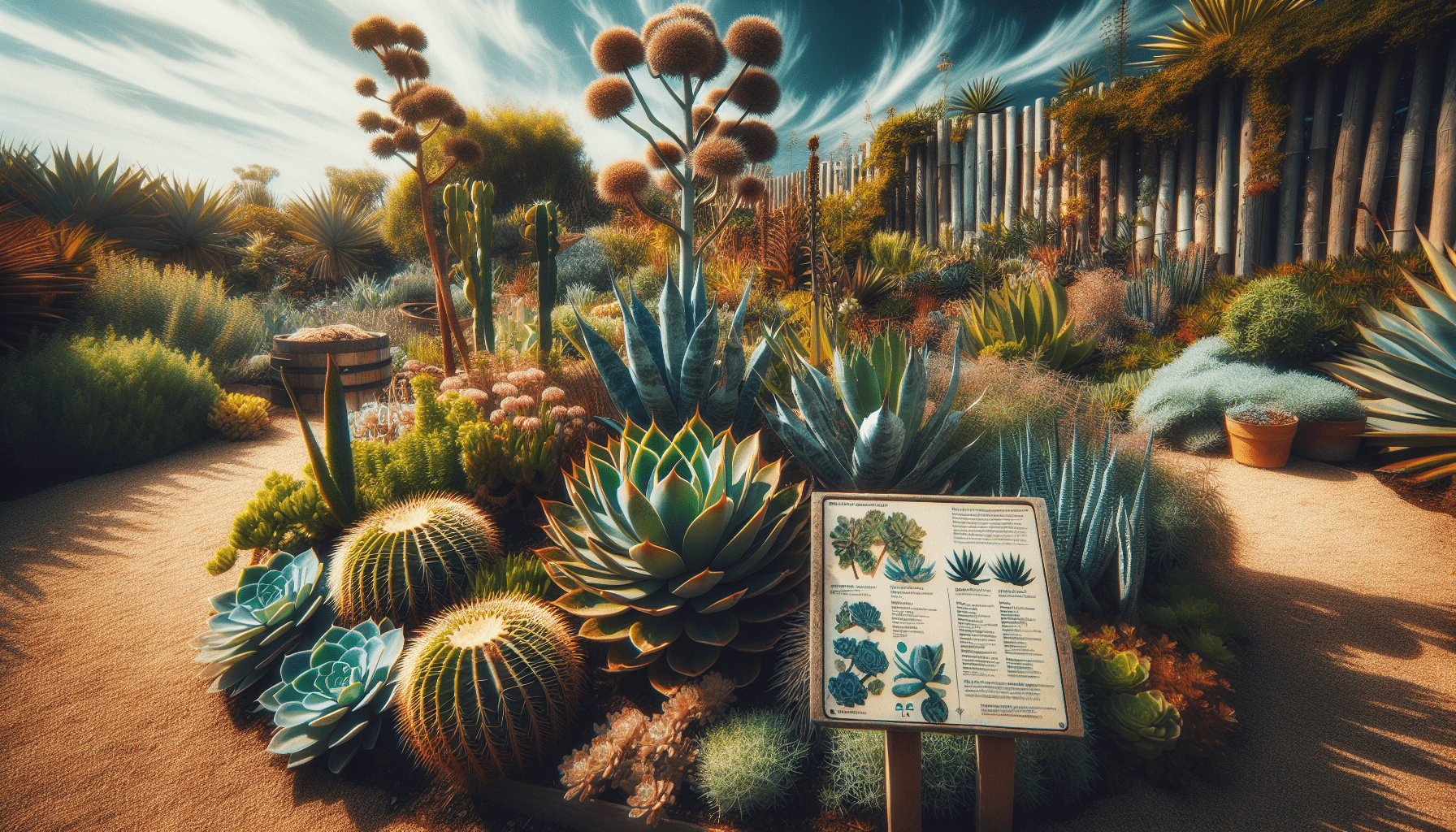Transform your garden into a resilient oasis with these drought-resistant tips suitable for any home. This guide will help you create a thriving garden that stands strong even in the driest conditions. You’ll discover practical advice on selecting the right plants, optimizing soil health, and conserving water effectively. Embrace sustainable gardening practices and enjoy a lush, green space without the stress of water shortages. Dive into a world where your garden flourishes with minimal effort and maximum beauty. Have you ever wondered how you can maintain a beautiful garden despite experiencing extended dry spells? As the climate continues to change and water becomes more precious, it’s becoming increasingly important to adapt our gardening practices. Drought-resistant gardening can help ensure your garden stays lush and vibrant, even without a lot of water. Let’s dive into some friendly and effective tips that can transform your home garden into a low-water oasis.
Understanding Drought-Resistant Gardening
Before diving into the tips, it’s beneficial to understand what drought-resistant gardening involves. This approach focuses on selecting plants, soil management techniques, and watering practices that thrive in low-water conditions, allowing you to cultivate an attractive garden that conserves this vital resource.
The Basics of Plant Selection
Choosing the right plants is the foundation of drought-resistant gardening. You’ll want to select species that naturally thrive in arid conditions or those that can survive lengthy dry periods. Native plants are typically a good choice as they are already adapted to your local climate.
Soil Preparation
Healthy soil boosts your garden’s drought resistance. Amend your soil with organic matter like compost to improve its water-holding capacity. Mulching can also reduce water evaporation and keep the soil temperature stable.
Drought-Resistant Plant Choices
Let’s get specific about plant choices. Here’s a list of plants along with some key characteristics that make them drought-tolerant.
| Plant Type | Examples | Characteristics |
|---|---|---|
| Perennials | Lavender, Russian Sage, Echinacea | Deep root systems, waxy leaves |
| Succulents | Aloe Vera, Sedum, Echeveria | Water-storing leaves and structures |
| Shrubs | Manzanita, Oleander, Rockrose | Tough, woody stems, often evergreen |
| Trees | Olive Tree, Pomegranate, Mesquite | Ability to reach deep groundwater |
| Groundcovers | Thyme, Sedum, Ice Plant | Low-growing, minimizes soil exposure |
Perennials
Perennials are a fantastic choice because they return year after year, requiring less water once established. Plants like lavender and echinacea not only add beauty but have deep root systems that make them more drought-resistant.
Succulents
Succulents are the poster children of drought resistance. They store water in their leaves, making them extremely low maintenance. Aloe Vera and Sedum are great options for a variety of settings.

Smart Watering Techniques
Watering wisely is crucial in drought-resistant gardening. It’s not just about how often you water but also how efficiently you do it.
Drip Irrigation
Drip irrigation systems deliver water directly to the roots of plants, minimizing waste from evaporation or runoff. This method can save a considerable amount of water and ensure it’s used effectively.
Watering Time
Watering in the early morning or late evening reduces evaporation and allows plants more time to absorb the moisture. Avoid watering during the heat of the day to maximize efficiency.
Soil Management Strategies
Soil plays a significant role in how well your garden withstands drought. Improving soil health can make a noticeable difference.
Composting
Adding compost to your soil enhances its ability to retain water and nutrients. This organic matter acts like a sponge, holding onto moisture and releasing it as needed by your plants.
Mulching
Mulching is a gardener’s best friend. A good layer of mulch can keep the soil cool, reduce evaporation, and even deter weed growth. Organic mulches like straw, bark chips, or compost are effective options.

Designing Your Garden for Maximum Efficiency
The way you lay out your garden can profoundly impact how well it handles drought.
Grouping Plants
Group plants with similar water needs together. This concept, known as “hydrozoning,” makes your watering efforts more effective and less wasteful.
Creating Shade
Use taller plants or structures to provide shade for more delicate plants. This can reduce water loss and help maintain a cooler micro-climate within your garden.
The Role of Groundcovers
Groundcovers are vital in a drought-resistant garden. They can reduce soil exposure to the sun, thereby reducing water evaporation.
Selecting Groundcovers
Groundcovers such as thyme or ice plant are not only drought-resistant but also add a decorative element to your garden. Choose species that form dense mats to cover the soil adequately.
Benefits Beyond Drought Resistance
Groundcovers can also prevent soil erosion, suppress weeds, and enhance the overall aesthetics of your garden.
Optimizing Plant Health
Keeping your plants healthy can naturally improve their drought resistance. Stress makes plants more susceptible to drought damage.
Regular Checks
Regularly inspect your plants for signs of stress or disease. Early intervention can prevent minor issues from becoming major problems.
Pruning
Pruning encourages new growth and can improve air circulation around your plants, making them more resilient to drought conditions.
Efficient Water Use
Apart from smart watering techniques, there are other ways to optimize water use in your garden.
Rainwater Harvesting
Collect and store rainwater for use during dry periods. Rain barrels are an easy and effective way to catch runoff from your roof.
Reusing Household Water
Consider reusing water from your home, such as gray water from sinks and showers, for irrigation. Just be sure to use biodegradable soaps and cleaners.
Community and Resources
Drought-resistant gardening is a learning journey, and you don’t have to go it alone.
Local Gardening Groups
Joining local gardening groups can provide support, resources, and shared experiences. You can learn a lot from fellow gardeners who have successfully maintained drought-resistant gardens.
Educational Resources
There are numerous books, websites, and courses dedicated to sustainable gardening practices. Investing some time in additional learning can enhance your gardening skills.
Conclusion
Incorporating drought-resistant techniques into your gardening routine not only helps conserve water but also allows you to maintain a beautiful and thriving garden even in dry conditions. By choosing the right plants, using smart watering and soil management practices, and designing your garden thoughtfully, you can create an oasis that stands up to drought and remains a source of joy and beauty in your home.
So why wait? Start transforming your garden today, and enjoy the rewards of a lush, vibrant, and water-wise landscape. Happy gardening!


